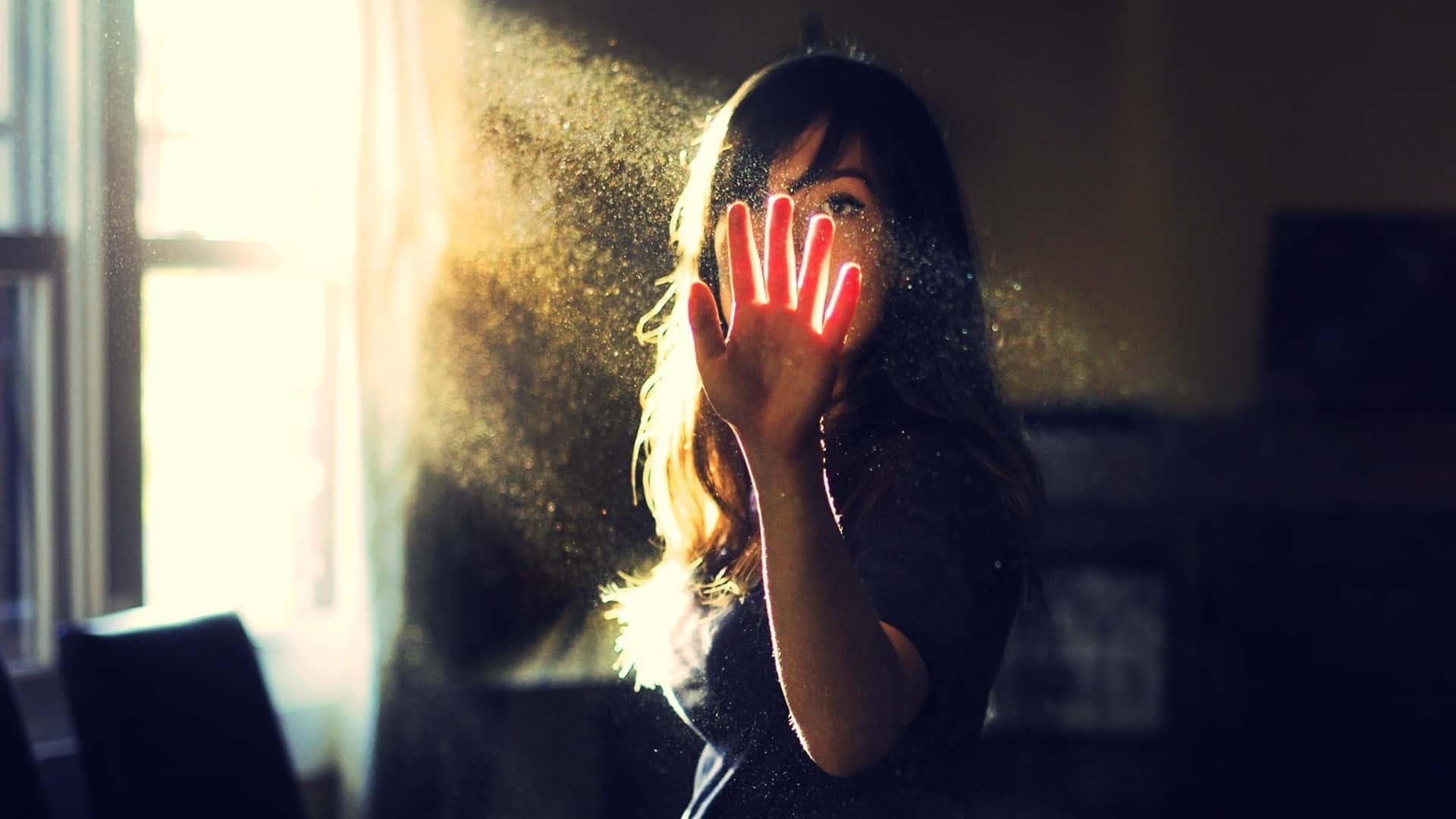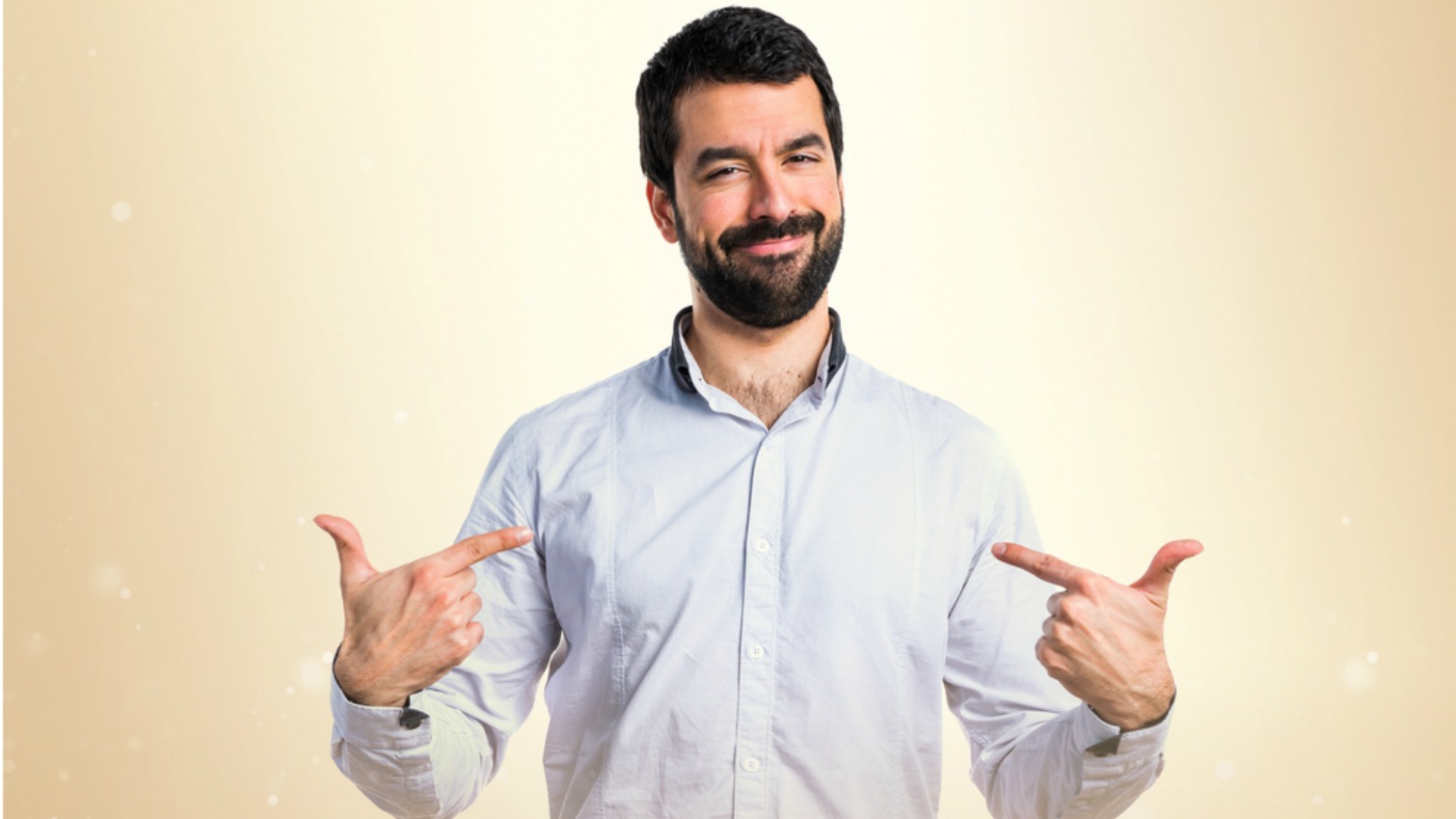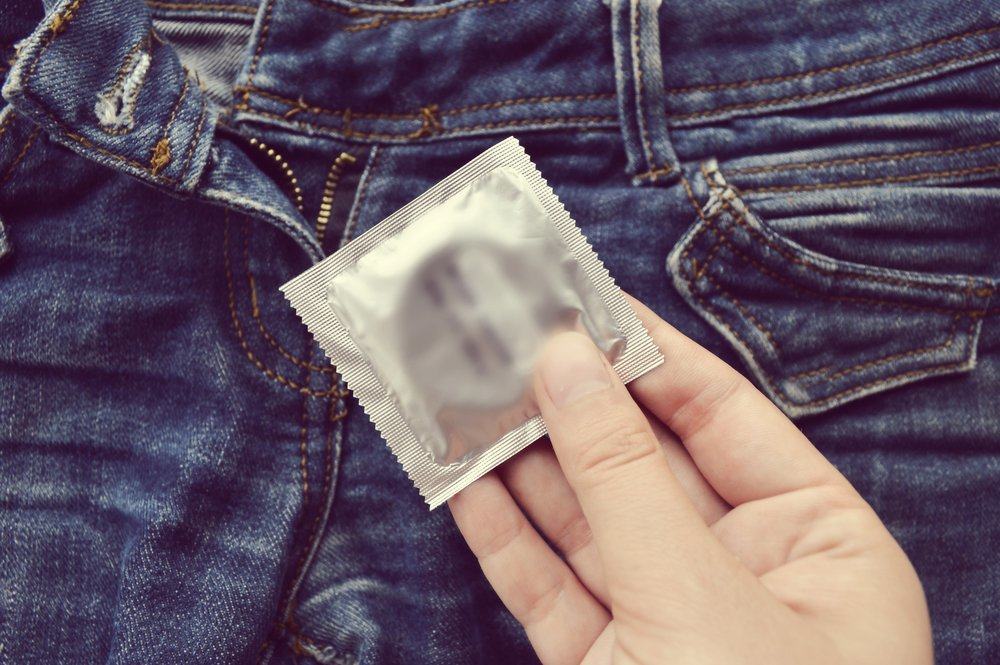Contents:
Medical Video: Your Brain on Stress and Anxiety
Cold heat, your breath hunting, your whole body tightened, trembling. But you can't move, silent in place. Your heart is pounding very hard, feels like it's going to jump out of your chest, and the hair on your neck is standing.
Whether it's a ghost from a horror movie or a disgusting cockroach, we are all afraid of something.
The question is why does this fear exist? Which part of the brain is responsible for the fear we experience? Also, what happens in our bodies before we really scream and run away with fear?
Why are humans afraid?
Humans are afraid because we see, hear, or feel something that makes us anticipate danger. Triggers can come in any form. For example, spiders, pointing knives at your neck, seminar auditoriums filled with spectators waiting for you to speak, or loud sounds breaking the front door of your house. All of this acts as a stimulus that triggers the brain to send signals throughout the body.
Fear is a chain reaction in the brain, which begins with a stress trigger and ends with the release of the rush of adrenaline by the adrenal gland. This results in a variety of physical and emotional changes - starting from a heart beat, rapid breathing, even changes in brain activity and others. This chain reaction is also known as a reaction fight-or-flight.
How does the brain process fear?
The process of creating fear occurs in the brain and fully in the subconscious. There are two pathways involved in fear response: Fast, spontaneous, and slow pathways that take longer and provide a more precise interpretation of the events you experience. Both of these processes occur simultaneously.
How the brain's fast track works responds to fear
The brain's fast track guide is "playing safe". For example, the front door of your house suddenly slides open wide, the slam may be caused by a jolt of wind. However, it can also be a thief who tries to enter. It would be far more dangerous to think of it as a thief (so you can take quick action) even though it is actually a result of the wind, rather than thinking of it as a result of wind impulses (you will tend to ignore it) which in fact is a thief breaking into. The fast lane does not question all possibilities. The process looks like this:
This door break is your stimulus. As soon as you hear a sound and see movement, your brain sends sensory data to the thalamus. At this point, the thalamus does not yet know whether the signal it receives is a sign of danger or not, but because it might occur, the thalamus then transmits the information to the amygdala. The amygdala accepts nerve impulses and takes action to protect you: it will tell the hypothalamus to initiate a response fight-or-flight that can save your life if it turns out that what you see and hear is truly a thief.
Meanwhile, the slow lane is more careful.
The workings of the brain's slow pathway in processing fear
If the fast track starts a fear response just in case, the slow lane will pay attention to the details of all the choices. Is it a thief, or is it wind? The long process looks like this:
When the eyes and ears feel the sound and movement of the door, they convey this information to the thalamus. The thalamus sends this information to the sensory cortex, where this information is interpreted in detail. The sensory cortex determines whether there is more than one possible interpretation of the information, and passes it to the hypocampus to determine the context. The Hipocampus will ask questions like, "Have I seen this condition before?" If yes, what did it mean at that time? Is there anything else that is happening around me that can give me a clue whether this is really a thief or a gust of wind? "
Then, the hippocampus will take a number of other data that may be conveyed through the fast lane, such as the sound of twigs tapping on the windows, the sound of wind blowing outside, and the sound of rustling of things on the terrace. Processing all of this information, the hippocampus will determine that the door break is most likely the result of wind. The hypocampus then sends a message to the amygdala that there is no danger, and the amygdala will tell the hypothalamus to turn off the response fight-or-flight.
Relationship to fear and response flight or flight
Sensory data about the door (your stimulus) follows both lines at the same time. But the slow lane takes longer than brisk walking. That is why you have a minute or two of fear when or before you are calm again.
Apart from any road, everything comes down to the amygdala - an area near the base of the brain that controls response fight or flight.
The amygdala releases glutamate chemicals into two other brain regions. The first area makes our body freeze or jerks jumping in surprise. A number of these reactions are very automatic because the signal is sent so deeply to the base area of the brain that very little we can control.
"If you need to fight or run away [when facing a frightening situation], your pupils will start to expand to allow you to have a lot of light coming into your eyes," Dr. Felipe Amunategui, a psychiatrist at the University Hospitals Case Medical Center, was quoted from ABC News. Amunategui, blood also begins to concentrate to flow to your feet and hands, preparing the body to take action. All of this happens in a split second. "
The second signal is sent to the hypothalamus and triggers our autonomic nervous system - a system that is responsible for "running away or opposing" instincts. This instinct will increase heart rate and blood pressure, and pump adrenaline throughout the body. This is the reason why you feel pressure when you feel scared.
Horror films and real scary events make no difference
You might think that 'fake' fear caused by fake stimulants (ghost houses, horror films) does not produce the same response. However, the reason for horror films can scare you because the scenario of the film relies on your brain to make connections between false and real events.
Many scary events in the real world. This information, according to Dr. Frank Farley, professor at Temple University and former head of the American Psychological Association, enters your head and makes connections with what's happening in the real world.
"You can be afraid of some sounds or images and experience goose bumps, just because of connections to real horror stories you've heard," he explained.
READ ALSO:
- What Happens to the Body When Experiencing Brain Freeze
- 6 Things That Happen to the Human Body in Space
- 13 Things That Happen In The Body When Falling In Love












